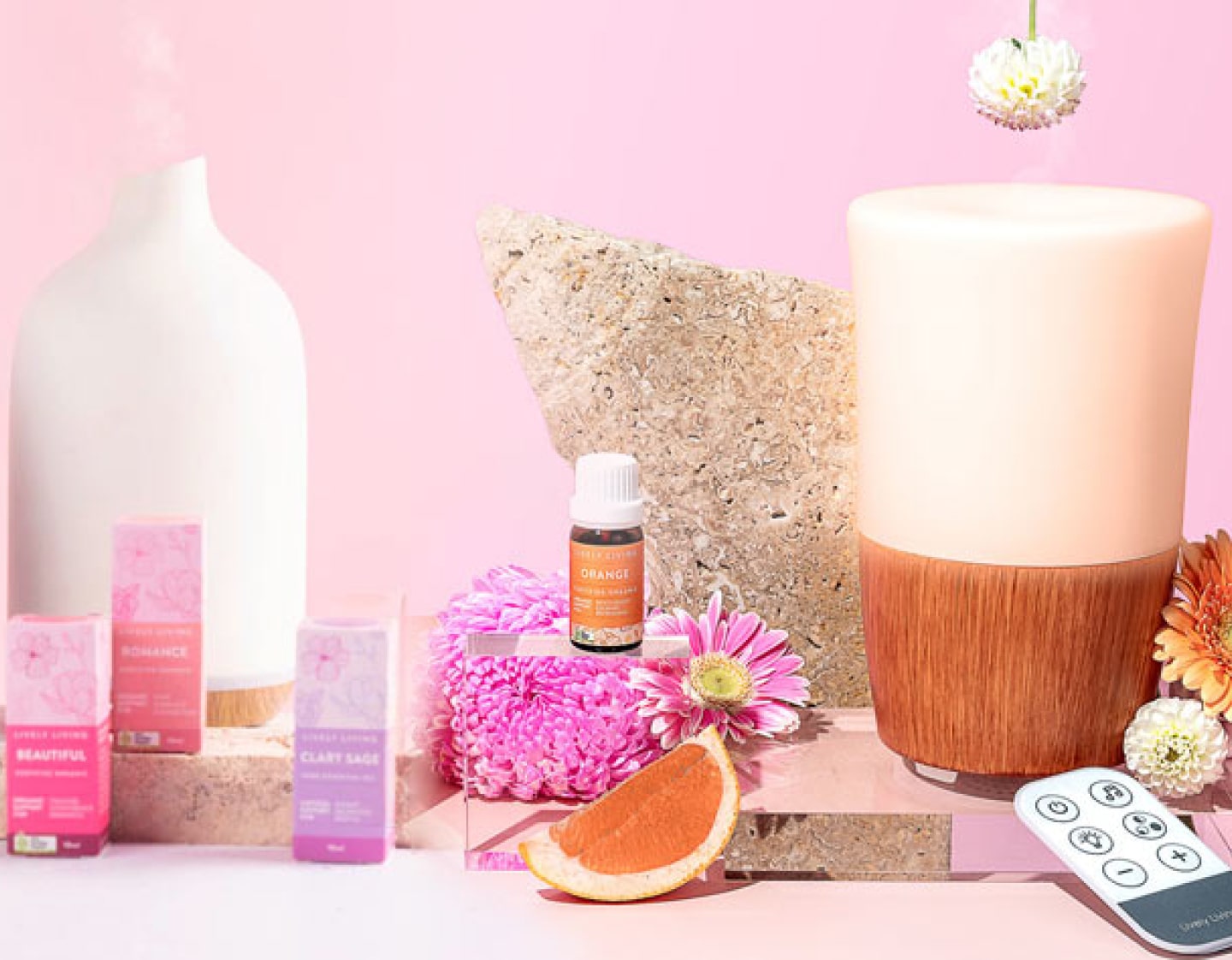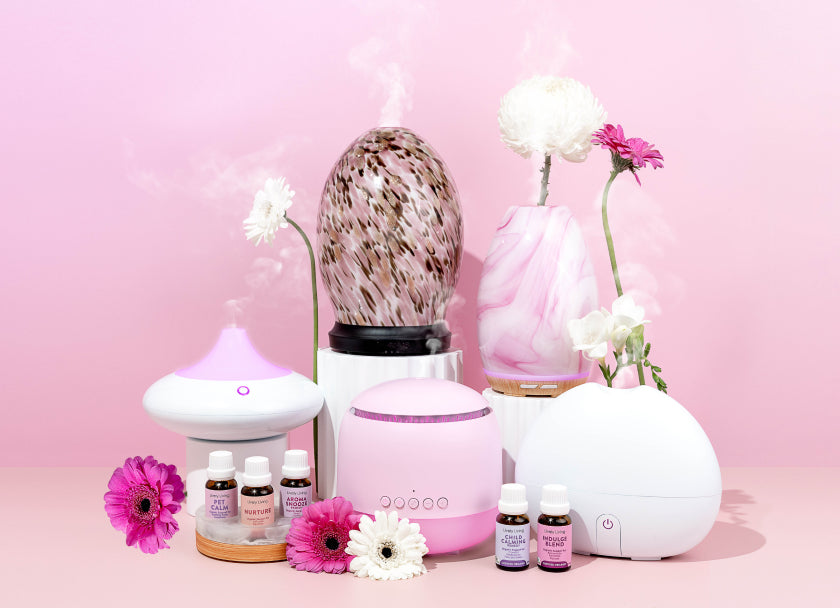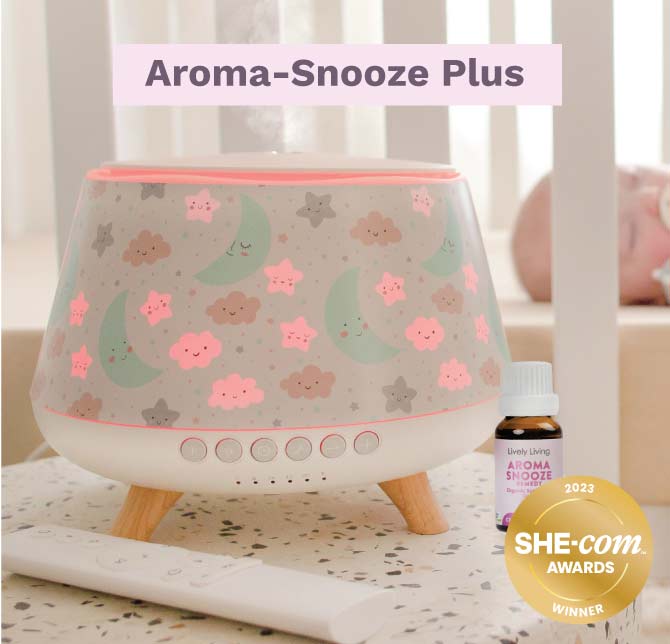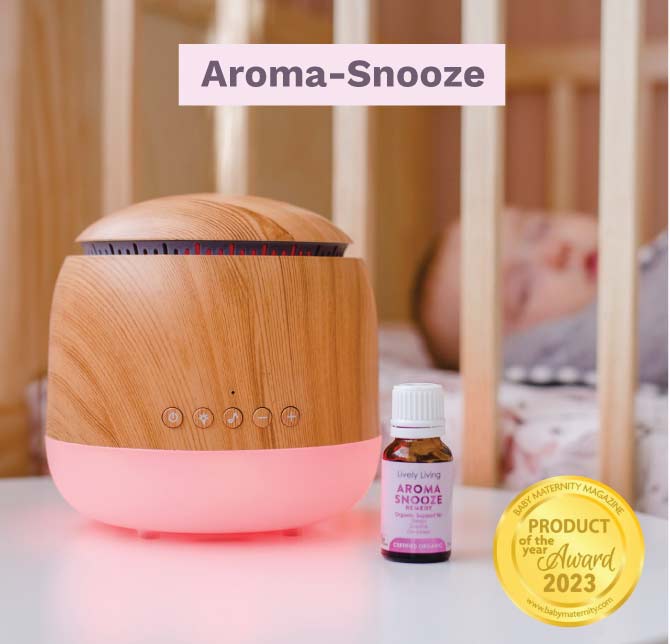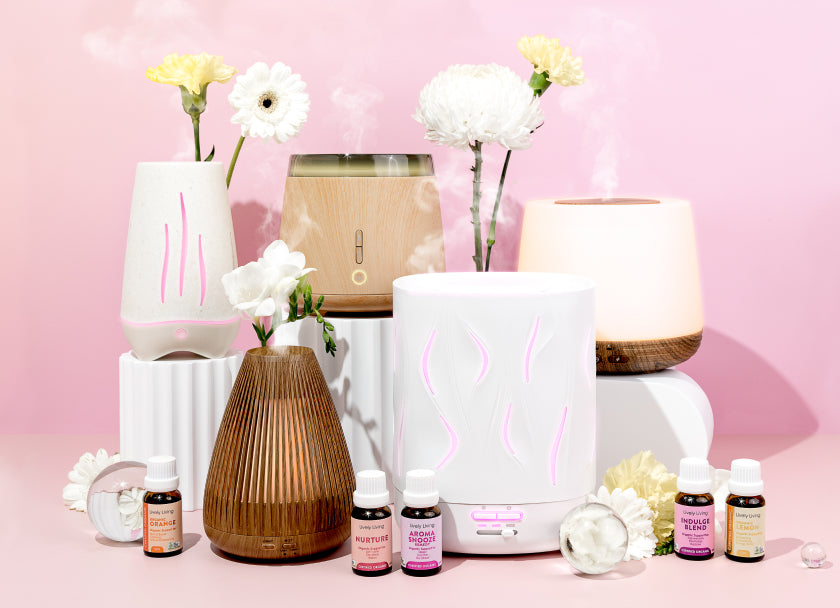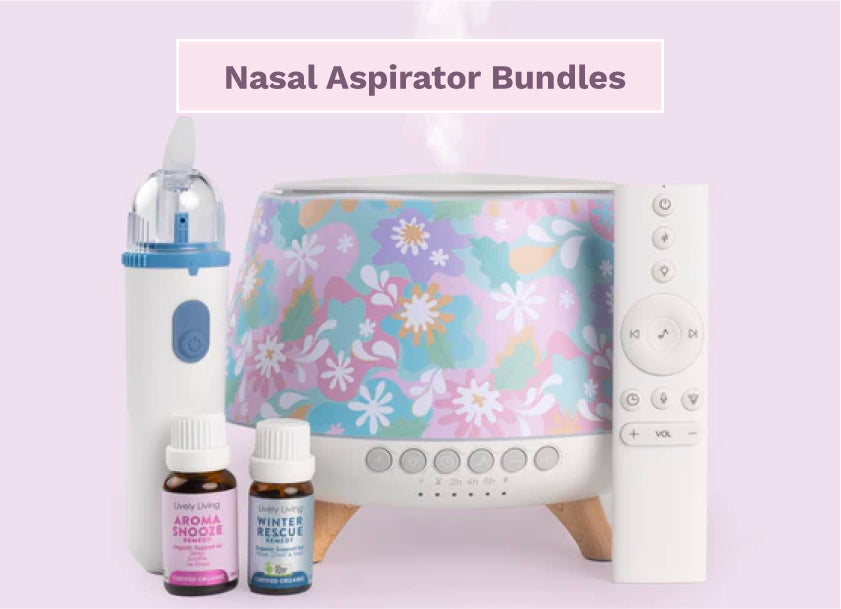Discover the Best Carrier Oils for Every Skin Type
Are you exploring essential oils? That's great. You might have heard about mixing them with carrier oils before skin application. Identifying the best carrier oils for your specific purposes might seem like another step, but it's straightforward and beneficial.
Consider carrier oils the helpful companions for concentrated essential oils. They allow you to apply these powerful plant extracts safely. Additionally, many of the best carrier oils offer their own advantages for skin health and hydration.
Table Of Contents:
- What Are Carrier Oils Anyway?
- Why Bother Using a Carrier Oil?
- Finding Your Match: Top 15 Best Carrier Oils
- A Quick Heads-Up: Carrier Oil Precautions
- Conclusion
What Are Carrier Oils Anyway?
Carrier oils originate from the fatty parts of plants, typically seeds, nuts, or kernels. Unlike potent essential oils that evaporate quickly, carrier oils are heavier and do not easily dissipate. Their primary function is to dilute essential oils before topical use.
Essential oils are highly concentrated. Applying them directly might cause skin irritation, particularly for those with sensitive skin. Carrier oils distribute the small quantity of essential oil over a wider skin area, making application safer and more comfortable.
They also aid skin absorption of essential oils. Because carrier oils are less volatile than essential oils, they remain on the skin longer. This extended contact time allows the essential oil more opportunity to penetrate and provide its benefits, enhancing many aromatherapy blend effects.
Why Bother Using a Carrier Oil?
Is adding a carrier oil truly necessary? Yes, absolutely. Diluting essential oils improves safety and can sometimes enhance their effectiveness for various plant-based ingredients applications.
Think about rubbing one drop of peppermint oil across your entire back – it's difficult. Mix that drop with a teaspoon of carrier oil, and it spreads smoothly, covering the whole area easily. This makes them ideal for massage therapy or treating larger skin sections.
Using a carrier also prevents rapid evaporation of the essential oil. The small molecules of essential oils can absorb quickly, sometimes before achieving their full effect. A carrier oil slows this process, allowing the essential oil to stay on the skin and work over a longer duration, promoting better skin hydration.
Finding Your Match: Top 15 Best Carrier Oils
Now, let's look at some excellent options. Numerous carrier oils are available, each offering distinct characteristics and advantages. Selecting the appropriate one relates to your skin type, intended use, personal preference, and desired natural skincare outcomes.
Here are 15 common choices to consider for your DIY beauty projects:
-
Coconut Oil
Coconut oil is well-known in cooking and is also a leading carrier oil. Fractionated coconut oil, which remains liquid at room temperature, is particularly favored because it feels light and absorbs quickly. It boasts a long shelf life and typically does not stain fabrics.
Rich in saturated fats, coconut oil provides excellent moisturization, contributing to smoother skin. It possesses antimicrobial qualities, pairing well with essential oils intended for blemishes or minor skin irritations. Research indicates its effectiveness in addressing dry, rough skin conditions like xerosis.
For topical use, combine 1-3 drops of your selected essential oil with roughly half a teaspoon of liquid coconut oil. Its versatility makes it a go-to for many skin applications, including homemade body washes.
-
Almond Oil
Sweet almond oil is another popular and versatile carrier. It is rich in Vitamin E, monounsaturated fats, and antioxidants, feeling soft and soothing on the skin. Historical uses in Ayurvedic and Traditional Chinese Medicine include treating conditions such as eczema and providing sensitive skin relief.
Almond oil has a medium consistency and absorbs at a moderate pace. Its emollient properties help improve skin complexion and tone gradually. It is generally well-tolerated by most skin types, offering gentle skin hydration.
Consider using it in homemade body washes or for gentle application around the eyes. Some individuals even experiment with it in diffusers due to its relatively light nature, although specific diffuser blends are generally recommended.
-
Jojoba Oil
Interestingly, jojoba oil is technically a liquid plant wax, not an oil. Its molecular structure closely resembles human sebum, our skin's natural oil. This similarity allows it to help balance skin, regardless of whether it leans oily or dry.
Jojoba oil is exceptionally stable with a very long shelf life and is almost scentless, meaning it won't alter your essential oil's fragrance. It contains skin-nourishing vitamin E and B-complex vitamins, along with minerals like silicon, chromium, copper, and zinc, which help soothe skin and potentially reduce inflammation. It is also non-comedogenic, meaning it doesn't clog pores, making it suitable for acne-prone skin.
Its ability to regulate oil production makes it an excellent base for DIY moisturizers, especially for oily skin types. It absorbs readily without leaving a greasy residue, perfect for facial applications and natural skincare routines.
-
Olive Oil
Standard extra virgin olive oil can serve as a carrier oil. It is abundant in monounsaturated fatty acids, primarily oleic acid, along with vitamin E, K, and potent antioxidants like oleocanthal. These components offer anti-inflammatory benefits.
Topical application of olive oil can deeply hydrate the skin and potentially support wound healing. Studies suggest its anti-inflammatory action might benefit skin conditions like dermatitis. Be mindful that it is heavier than many other carrier oils and possesses a noticeable fruity aroma.
Due to its thicker consistency, it may be better suited for very dry skin or specific body treatments rather than daily facial use. It can also be incorporated into homemade hair treatments for added moisture and shine, acting as effective hair nourishment.
-
Avocado Oil
Avocado oil is pressed from the fruit's flesh and is nutrient-rich. It's packed with vitamins A, D, and E, potassium, lecithin, and essential fatty acids like oleic acid. This profile makes it intensely moisturizing and nourishing for the skin.
It has a relatively thick consistency and penetrates deeply, making it particularly beneficial for very dry, mature, or weather-damaged skin. Some animal studies indicate it may stimulate collagen production and lessen inflammation, which aids skin repair and healing. Its richness makes it a superb choice for nighttime treatments or intensive skin hydration masks.
Apply avocado oil to areas needing significant moisture, such as chapped hands, cracked heels, or persistent dry patches. Blend a few drops of essential oil with about half a teaspoon for focused application in your plant-based ingredients regimen.
-
Argan Oil
Often referred to as 'liquid gold', argan oil originates from the kernels of Moroccan argan trees. It is renowned for its high content of vitamin E (tocopherols) and essential fatty acids, including oleic and linoleic acids. These components are highly beneficial for skin and hair health.
Despite its richness, argan oil absorbs remarkably quickly and does not leave a heavy or greasy feel. It is recognized for enhancing skin elasticity and studies have shown anti-aging effects. It can also assist in regulating sebum production, making it adaptable for various skin types from dry to oily.
Use it by itself as a daily moisturizer or mix it with essential oils in a custom face serum or blend. Its versatility and balanced properties contribute to its widespread use in cosmetic products and DIY beauty formulations.
-
Arnica Oil
Arnica oil differs from pressed oils; it's typically an infusion. Arnica montana flowers are steeped in a base carrier oil (like olive or sunflower oil) to extract their active compounds. It is widely respected for its significant anti-inflammatory properties.
A key compound, helenalin, is thought to be responsible for its ability to reduce pain and swelling associated with bruises, sprains, and muscle aches. It also contains thymol derivatives which have shown antibacterial activity in laboratory settings. This makes it well-suited for targeted relief blends in massage therapy.
Always opt for infused arnica oil, never the pure extract which can be toxic, and avoid applying it to broken or damaged skin or taking it internally. It works wonderfully in homemade preparations like bruise balms or massage oils designed to soothe sore muscles and joints.
-
Rosehip Oil
Rosehip oil (or rosehip seed oil) is cold-pressed from the seeds of wild rose species (Rosa canina or Rosa rubiginosa). It's valued for its high levels of essential fatty acids, particularly linoleic acid (omega-6) and alpha-linolenic acid (omega-3), and vitamins, notably vitamin C and vitamin A (as beta-carotene).
These nutrients aid skin regeneration, helping to diminish the appearance of scars, stretch marks, and fine lines. Research suggests it can improve hyperpigmentation (age spots) and overall skin texture. It's often termed a 'dry oil' due to its rapid absorption without leaving a greasy feeling.
Rosehip oil is excellent for normal to dry or mature skin types and frequently features in anti-aging skincare. You can incorporate it into homemade toners, serums, or moisturizers for enhanced skin repair and rejuvenation.
-
Broccoli Seed Oil
Indeed, broccoli seed oil is obtained through cold-pressing tiny broccoli seeds. It's gaining popularity due to its interesting fatty acid composition, notably a high amount of erucic acid (an omega-9 fatty acid). This contributes to its unique texture and benefits.
This oil delivers a smooth, non-greasy sensation similar to silicone ingredients found in many commercial hair and skin products, making it a natural alternative. It contains antioxidants like sulforaphane (though levels can vary) and essential fatty acids for nourishment. It naturally enhances shine in hair and provides smoothness to the skin.
Use it as a carrier oil in hair care blends to add luster and manageability or in skin preparations to reduce dryness. It absorbs well and can be applied directly to dry skin areas or combined with essential oils for a silky finish in an aromatherapy blend.
-
Flaxseed Oil
Also known as linseed oil, flaxseed oil is recognized as a nutritional supplement rich in alpha-linolenic acid (ALA), an essential omega-3 fatty acid. Applied topically, these fatty acids can help soothe skin inflammation and strengthen the skin's natural barrier function.
Traditional Ayurvedic medicine utilized flaxseed oil to help balance skin pH and encourage healing processes. It can be quite gentle and soothing, offering potential benefits for sensitive or irritated skin, including providing sensitive skin relief for conditions like eczema. Note that it possesses a distinct nutty aroma and has a shorter shelf life compared to other oils; refrigeration is recommended to maintain freshness.
Combine flaxseed oil with calming essential oils like chamomile or lavender to create blends focused on reducing skin inflammation or improving overall dryness and texture. It's a valuable addition to natural skincare aimed at barrier repair.
-
Grapefruit Seed Extract (GSE)
Grapefruit Seed Extract is distinct from typical fatty carrier oils. It is an extract often suspended in a base like vegetable glycerin or occasionally propylene glycol, not usually an oil itself. Its primary value comes from its strong antimicrobial characteristics.
Laboratory studies confirm GSE's effectiveness against a range of bacteria, viruses, and fungi. This property makes it a useful additive for DIY household cleaners, homemade soaps, or highly diluted skincare formulations for specific concerns. However, due to its potency, careful handling and significant dilution are crucial.
When using GSE with essential oils, you often combine two powerful antimicrobials. Always dilute it considerably, potentially adding it to a gentler carrier oil like jojoba or almond oil first, especially before any skin contact.
-
Magnesium Oil
Similar to GSE, magnesium 'oil' is not a true oil. It's a highly concentrated solution of magnesium chloride flakes dissolved in water, which results in an oily texture. Its main application is for topical magnesium supplementation.
Applying magnesium oil may aid muscle relaxation, potentially relieve aches and soreness, and some individuals report improvements in certain skin irritations. Because it's water-based and can feel slightly astringent, it might feel less greasy than traditional oils, potentially suiting oily skin types that need targeted essential oil application without added richness.
Combine it with relaxing essential oils like lavender or chamomile in a spray bottle for convenient post-shower use or as part of a muscle rub formulation. Be aware that it can sometimes cause tingling or stinging sensations, especially on sensitive or freshly shaved skin, so a patch test is recommended.
-
Neem Oil
Pressed from the seeds and fruits of the Azadirachta indica tree, neem oil has a potent, often described as garlicky or sulfuric, aroma that can be quite strong. However, its therapeutic benefits are significant. It is rich in antioxidants, essential fatty acids (like oleic and linoleic acid), and vitamin E.
Neem oil has shown antibacterial, antiviral, and antifungal properties in various studies, making it a powerful component for addressing troubled skin conditions such as acne or fungal infections. It is also recognized as a natural insecticide, effective against common garden pests and insects like mosquitoes.
Given its strong scent and potency, neem oil is frequently diluted with other carrier oils (like coconut or jojoba) and blended with essential oils. You could mix it with citronella or lemon eucalyptus essential oil for a natural insect repellent, or add it cautiously to anti-acne treatments or antifungal blends.
-
Sea Buckthorn Oil
Sea buckthorn oil is derived from the berries, leaves, and seeds of the Hippophae rhamnoides shrub. It is celebrated for its exceptionally high concentration of antioxidants, especially carotenoids (giving it a characteristic deep reddish-orange color) and vitamin C, surpassing levels found in many other botanicals.
This vibrant oil also offers a complex profile of fatty acids (including palmitoleic acid, an omega-7), amino acids, and vitamins A, E, and multiple B vitamins, all contributing to skin regeneration, protection, and overall health. It's commonly used to aid the healing of burns (including sunburn), reduce skin inflammation, and improve conditions like eczema and rosacea, providing excellent skin hydration.
Its intense color can potentially stain skin and fabrics, so it's best used diluted or in small amounts within a blend. It is wonderful in formulations for mature, damaged, or inflamed skin, such as in a facial moisturizer designed for dry skin or a healing balm.
-
Evening Primrose Oil
Cold-pressed from the seeds of the Oenothera biennis flower, evening primrose oil (EPO) is highly valued for its significant content of gamma-linolenic acid (GLA), an important omega-6 fatty acid. GLA is particularly noted for its potent anti-inflammatory actions within the body and on the skin.
EPO is frequently applied topically to soothe inflammatory skin conditions like eczema, psoriasis, and general skin dryness or irritation. It may also contribute to improved skin elasticity and firmness. While some anecdotal reports suggest it supports hair growth as part of hair nourishment routines, more extensive research is necessary to confirm this effect.
It serves as an effective carrier oil for aromatherapy blend preparations aimed at reducing inflammation or addressing hormonally influenced skin issues. Consider combining it with tea tree oil for acne-prone skin, or incorporating it into scalp treatments or serums, such as a homemade hormone balance serum for topical application.
A Quick Heads-Up: Carrier Oil Precautions
While carrier oils are generally safe and gentle, it's wise to exercise caution. Before applying a new oil extensively, perform a small patch test. Dab a tiny amount on your inner forearm and wait 24 hours to check for any redness, itching, or irritation.
Be mindful of shelf life, as it varies between oils. Carrier oils, particularly those rich in polyunsaturated fats (like flaxseed or rosehip), can become rancid over time. If an oil develops a sharp, bitter, stale, or unpleasant odor, it has likely expired and should be discarded.
Proper storage helps maintain the quality and extends the life of your organic carrier oil options. Keep them in dark-colored glass bottles with tight-fitting caps, stored away from direct heat and sunlight. Some delicate oils, such as flaxseed or evening primrose, are best kept refrigerated to preserve their freshness and potency.
Conclusion
Carrier oils are indispensable allies when using essential oils topically. They effectively dilute the concentration of essential oils, prevent potential skin irritation, moderate absorption rates, and often contribute their own valuable moisturizing, nourishing, and healing properties from plant-based ingredients.
Exploring the diverse range available helps you select the best carrier oils tailored to your unique skin type, specific needs, and intended applications, whether for massage therapy, natural skincare, or targeted relief. Options range from the light, fast-absorbing jojoba oil to the deeply conditioning avocado oil.
Feel encouraged to explore different oils—always safely, starting with patch tests—to find those that work best for you. Utilizing the best carrier oils significantly enhances the safety and effectiveness of your essential oil practices, elevating your DIY beauty and wellness routines.

